-
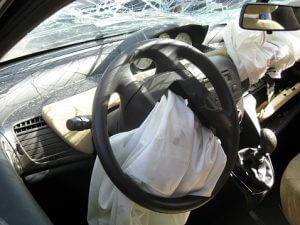 Kansas Drivers See Upswing in Car Accident Fatalities in 2015View Article
Kansas Drivers See Upswing in Car Accident Fatalities in 2015View ArticleThe number of car crash deaths has been on a downward trend over the last several years, with 2014 considered one of the safest years on record. Unfortunately, a reverse to this trend in 2015 suggests a big part of that downward trend may have been driven by the fact there were simply fewer people […]
-
 Where are Head-On Crashes Most Likely to Occur in Kansas?View Article
Where are Head-On Crashes Most Likely to Occur in Kansas?View ArticleThe Kansas Department of Transportation reports a total of 900 head-on collisions in the state over the course of 2013. Drivers who are involved in head-on collisions face the serious threat of injury or death because these accidents involve so much force. When two cars hit head-on, the momentum of the accident is amplified and the body […]
-
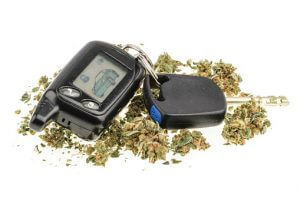 Drugged Driving Accidents Rival Drunk Driving CrashesView Article
Drugged Driving Accidents Rival Drunk Driving CrashesView ArticleThe number of drivers under the influence of drugs who are involved in fatal car accidents has skyrocketed nationwide in the last decade, according to a new study analyzing the risks posed by drugged drivers. Specifically, the study conducted by the Governors Highway Safety Association (GHSA) found that 40 percent of all fatally-injured drivers tested positive for […]
-
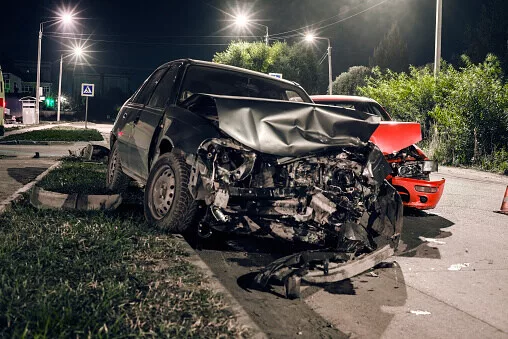 Kansas Law Protects Consumers from Car Insurance IssuesView Article
Kansas Law Protects Consumers from Car Insurance IssuesView ArticleDrivers purchase car insurance to protect them if an accident happens. Collision and personal injury insurance provides coverage for your own injuries and property damage when you are at fault for a wreck. A liability policy-which is required by Kansas law-provides coverage for victims if you cause them harm or property damage in an accident. If […]
-
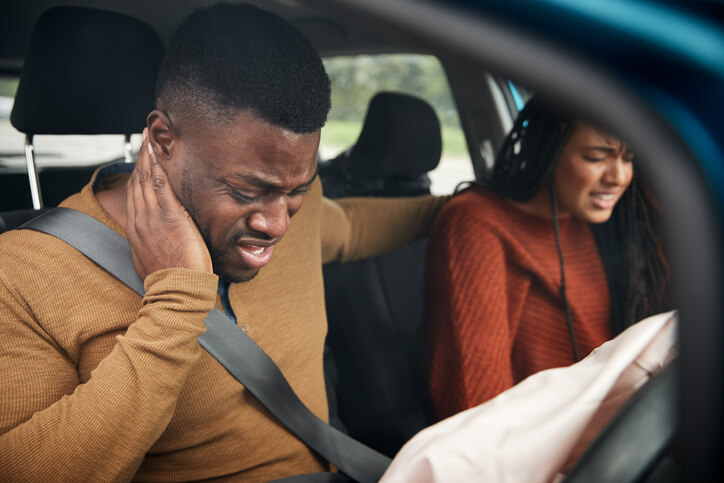 Football Season Brings New Drunk Driving Risks to KansasView Article
Football Season Brings New Drunk Driving Risks to KansasView ArticleFootball season is approaching fast, with preseason games already beginning, fantasy teams getting started, and the countdown to the first game only days away. While football is a great pastime and many people enjoy cheering on their team, there is a significant risk of drunk driving accidents during football season. ABC News reports that approximately one in 12 […]
-
 Premises Liability Law and Risk of Deck Collapse in KansasView Article
Premises Liability Law and Risk of Deck Collapse in KansasView ArticleA deck collapsed in a North Carolina rental home recently, with 24 people from an extended family standing on it to take a photograph. The deck and its occupants fell 10 to 12 feet. The rental home was a vacation house valued at approximately $1.5 million. The victims sustained injuries ranging from cuts and bruises […]
-
 Bigger Fines Could Reduce Kansas Trucking CollisionsView Article
Bigger Fines Could Reduce Kansas Trucking CollisionsView ArticleThe price tag for trucking companies and truck drivers who violate Federal Motor Carrier Safety Regulations (FMCSRs) has gone up. Trucking Info reports fines were raised for many different violations – not just for FMCSR infractions but also for violations of commercial driver’s license requirements and rules for commercial driver’s licenses. An experienced personal injury lawyer knows […]
-
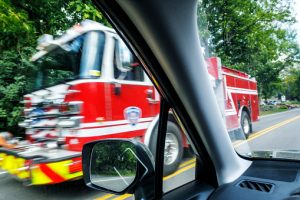 Kansas Drivers Need to Move Over to Prevent CollisionsView Article
Kansas Drivers Need to Move Over to Prevent CollisionsView ArticleWhenever vehicles are stopped on the roadside, passing cars need to move over to reduce the risk of serious injuries. Law enforcement officers, other first responders, tow truck operators, and even Good Samaritans providing assistance to broken-down motorists have all been killed as a result of cars that come too close and fail to follow […]
-
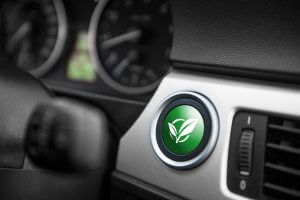 Hutchinson Pedestrians Face Accident Risks With Hybrid CarsView Article
Hutchinson Pedestrians Face Accident Risks With Hybrid CarsView ArticleHybrid and electric cars are designed to help save the planet by reducing reliance on fossil fuels, but they may be costing pedestrians their lives. An experienced pedestrian accident attorney knows walkers routinely rely not just on their eyes to tell when cars are coming but also on their ears. Hybrid and electric cars do […]
-
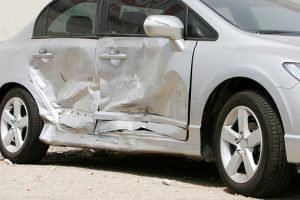 Protecting Hutchinson Drivers From T-Bone AccidentsView Article
Protecting Hutchinson Drivers From T-Bone AccidentsView ArticleSince 2003, the Insurance Institute for Highway Safety has been evaluating vehicles to determine how well they protect passengers involved in side-impact collisions. An experienced T-Bone accident lawyer knows IIHS crash tests are a good predictor of whether a car will prevent injuries or fatalities when a vehicle is hit from the side. Some side-impact accidents are […]


